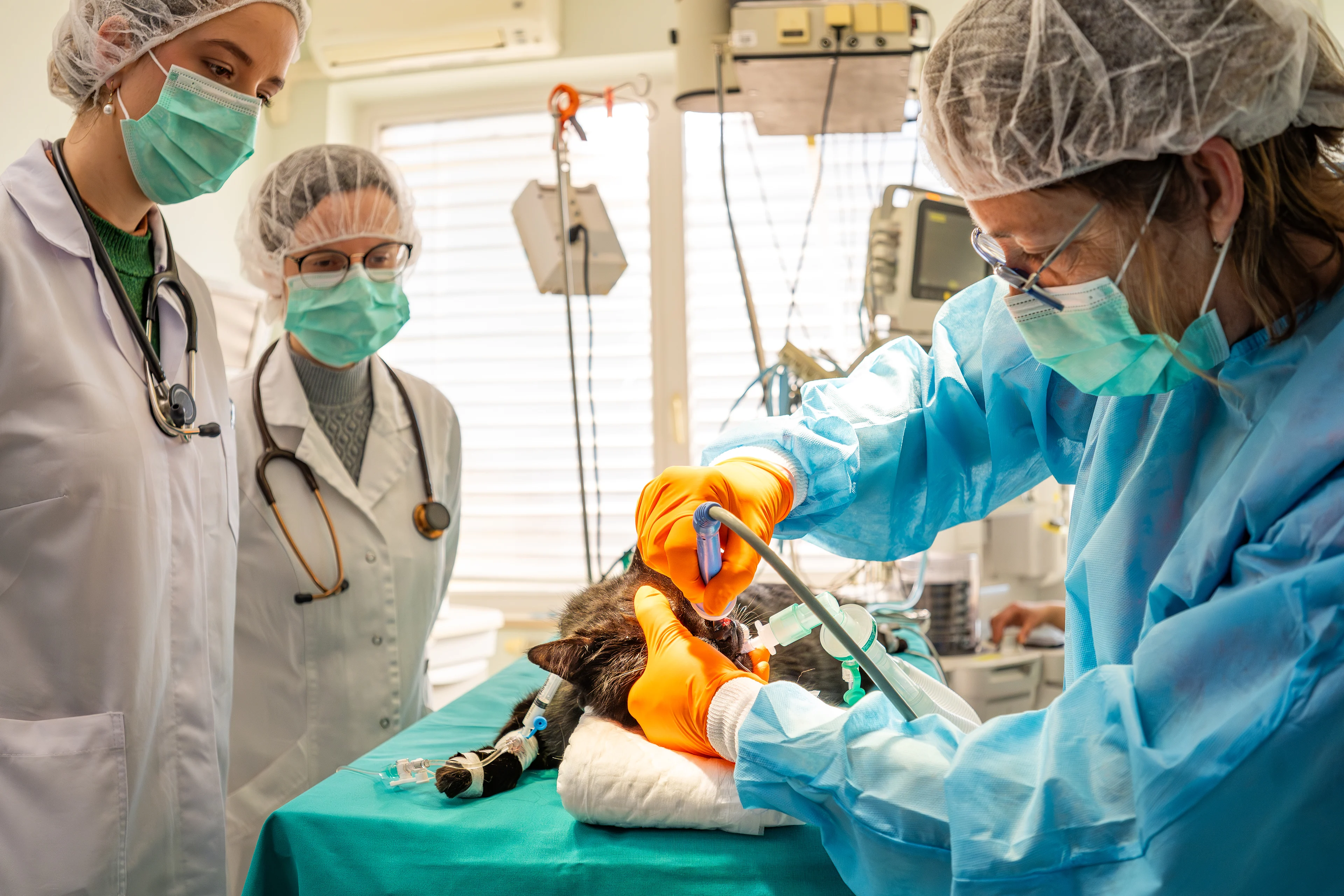Drugs & Therapeutics
Learn about the latest veterinary medications and treatment options, including dosages, side effects, and interactions, from experts in the field.
Sponsored By 

Dexmedetomidine is commonly used in cats for sedation and analgesia, but its adverse cardiovascular effects may make clinicians pause. Researchers evaluated dexmedetomidine CRIs in cats to determine the safest and most effective dosing protocol.
Topics In Drugs & Therapeutics
Featured in Drugs & Therapeutics
New in Drugs & Therapeutics
33m:50s
Ep. 351
Sponsored byZoetis
Get more clinical guidance with Standards of Care™
From the team that brings you Clinician’s Brief, extend your knowledge with expert-written, peer-reviewed diagnostic and treatment guidance as well as pet owner education and all the reliable drug information you love in Plumb’s.




